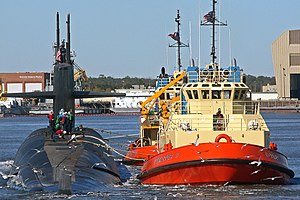
Vigor Shipyards is the current entity operating the former Todd Shipyards after its acquisition in 2011. Todd Shipyards was founded in 1916, which owned and operated shipyards on the West Coast of the United States, East Coast of the United States and the Gulf. Todd Shipyards were a major part of the Emergency Shipbuilding Program for World War II.
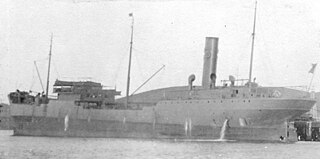
The second USS Abarenda (IX-131) was a storage tanker, one of many miscellaneous-class Navy vessel crewed by the United States Coast Guard during World War II.
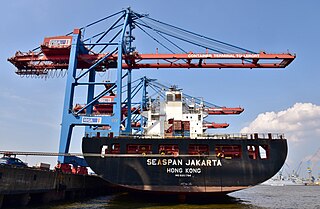
Seaspan ULC provides marine-related services to the Pacific Northwest. Within the Group are three shipyards, an intermodal ferry and car float business, along with a tug and barge transportation company that serves both domestic and international markets. Seaspan, is part of the Washington Companies that are owned by Dennis Washington. Kyle Washington, is the Executive Chairman of Seaspan, who has become a Canadian citizen.
The Defoe Shipbuilding Company was a small ship builder established in 1905 in Bay City, Michigan, United States. It ceased to operate in 1976 after failing to renew its contracts with the United States Navy. The site of the former company is now being developed for business and housing on the bank of the Saginaw River.

The Brown Shipbuilding Company was founded in Houston, Texas, in 1942 as a subsidiary of Brown and Root by brothers Herman and George R. Brown to build ships for the U.S. Navy during World War II. Brown Shipbuilding Company ranked 68th among United States corporations in the value of World War II military production contracts.
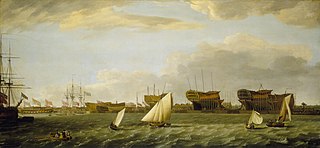
Blackwall Yard is a small body of water that used to be a shipyard on the River Thames in Blackwall, engaged in ship building and later ship repairs for over 350 years. The yard closed in 1987.
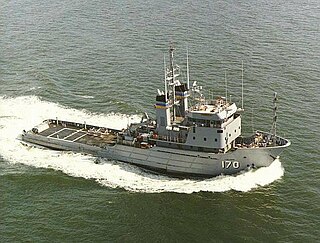
USNS Mohawk (T-ATF-170) was a United States Navy Powhatan-class tugboat operated by the Military Sealift Command from 1980 to 2005.
USS Montcalm (AT-39) was a Bagaduce-class fleet tug of the United States Navy. The ship was laid down by the Staten Island Shipbuilding Company of Port Richmond, New York, on 16 June 1919; launched on 26 February 1920; and commissioned at New York Navy Yard on 19 January 1921.

USS Koka (ATA-185) was a US Navy tugboat. Koka is from the phonetic spelling of Coca, formerly an Indian village in southern Arizona. Originally designated as ATR-112, she was redesignated as ATA-185 on 15 May 1944; launched 11 September 1944, by Levingston Shipbuilding Co., Orange, Texas; and commissioned on 16 November.
USS Hackberry (YN-20/AN-25) was an Aloe-class net laying ship built for the United States Navy during World War II. She was originally ordered and laid down as USS Maple (YN-20) but renamed shortly before her October 1941 launch. She was later transferred to the French Navy as Araignée (A727).

USS Yaupon (ATA-218) was an ATA-214-class tug of the United States Navy built near the end of World War II. Originally laid down as a net tender of the Ailanthus class, she was redesignated before being launched. The ship was commissioned on 10 March 1945. Yaupon had a brief naval career, and was decommissioned on 26 March 1946.

USNS Powhatan (T-ATF-166) was the lead ship of the United States Navy Powhatan-class fleet ocean tugboats. She was in service with the U.S. Navy from 1979 to 1999, and then was leased to a private towing and salvage company. At the end of the lease in 2008, the ship was sold to the Turkish Navy which recommissioned her as TCG Inebolu.

Edison Chouest Offshore (ECO), which started as Edison Chouest Boat Rentals in 1960, is family of companies in the marine transportation business based in Cut Off, Louisiana. ECO owns and operates a fleet of platform supply vessels, Subsea Construction / IMR vessels, a Riserless Light Well Intervention vessel, Anchor handling tug supply vessels, Oil Spill Response Vessels, and Well Stimulation Vessels, as well as an independently owned fleet of Research Vessels and Ice Breakers.

Bay Shipbuilding Company (BSC) is a shipyard and dry dock company in Sturgeon Bay, Door County, Wisconsin. As of 2015, Bay Ships was a subsidiary of Fincantieri Marine Group and produces articulated tug and barges, OPA-90 compliant double hull tank ships and offshore support vessels. It also provides repair services to the lake freighter fleet. In the past the shipyard located in Sturgeon Bay has operated under several different names and traces its history back to 1918.

The Type V ship is a United States Maritime Commission (MARCOM) designation for World War II tugboats. Type V was used in World War II, Korean War, and the Vietnam War. Type V ships were used to move ships and barges. Type V tugboats were made of either steel or wood hulls. There were four types of tugboats ordered for World War II. The largest type V design was the sea worthy 186-foot (57 m) long steel hull, V4-M-A1. The V4-M-A1 design was used by a number of manufacturers; a total of 49 were built. A smaller steel hull tugboat was the 94-foot (29 m) V2-ME-A1; 26 were built. The largest wooden hull was the 148-foot (45 m) V3-S-AH2, of which 14 were built. The smaller wooden hull was the 58-foot (18 m) V2-M-AL1, which 35 were built. Most V2-M-AL1 tugboats were sent to the United Kingdom for the war efforts under the lend-lease act. The Type V tugs served across the globe during World War II including: Pacific War, European theatre, and in the United States. SS Farallon, and other Type V tugs, were used to help built Normandy ports, including Mulberry harbour, on D-Day, 6 June 1944, and made nine round trips to Normandy to deliver Phoenix breakwaters.
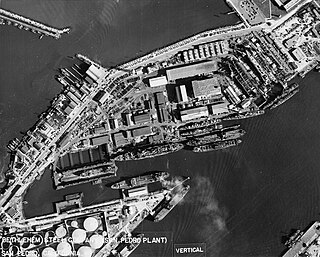
Bethlehem Shipbuilding San Pedro was a major shipbuilding company on Terminal Island in San Pedro, California owned by Bethlehem Shipbuilding Corporation. To support the World War 2 demand for ships Bethlehem Shipbuilding San Pedro built: US Navy Destroyers and after the war tugboats. The yard became involved in World War II production in the early shipbuilding expansions initiated by the Two-Ocean Navy Act of July 1940. At its peak during the war about 6,000 worked at the yard, Bethlehem Shipbuilding San Pedro shipyard was opened in 1918 as Southwestern Shipbuilding by Western Pipe & Steel. Western Pipe & Steel sold the shipyard to Bethlehem Shipbuilding Corporation in 1925. Shipbuilding ended after World War 2 in 1946. In 1983 the shipyard was sold to Southwest Marine. In 1997 Southwest Marine operated four shipyards, which they sold to The Carlyle Group. Carlyle Group renamed the shipyard US Marine Repair. In 2002 US Marine Repair sold all six of its yards to United Defense Industries. In 2005 it was sold to BAE Systems but the yard was not used and the yard is now part of the Port of Los Angeles. The shipyard was located at 1047 South Seaside Ave, San Pedro.
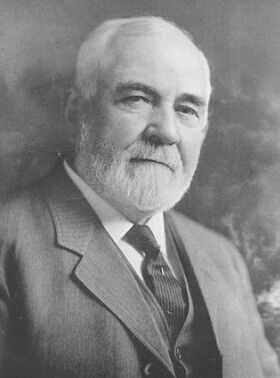
Craig Shipbuilding was a shipbuilding company in Long Beach, California. To support the World War I demand for ships Craig Shipbuilding shipyard switched over to military construction and built: US Navy Submarines and Cargo Ships. Craig Shipbuilding was started in 1906 by John F. Craig. John F. Craig had worked in Toledo, Ohio with his father, John Craig (1838-1934), and Blythe Craig, both shipbuilders, their first ship was built in 1864 at Craig Shipbuilding Toledo. John F. Craig opened his shipbuilding company in Port of Long Beach on the south side of Channel 3, the current location of Pier 41 in the inner harbor, becoming the port's first shipyard. In 1908 Craig Shipbuilding was given the contract to finishing dredging of the Port of Long Beach inner harbor and to dredge the channel connecting it to the Pacific ocean. In 1917 Craig sold the shipyard to the short-lived California Shipbuilding Company. but then opened a new shipyard next to the one he just sold and called it the Long Beach Shipbuilding Company. The Long Beach Shipbuilding Company built cargo ships in 1918, 1919, and 1920 for the United States Shipping Board.
